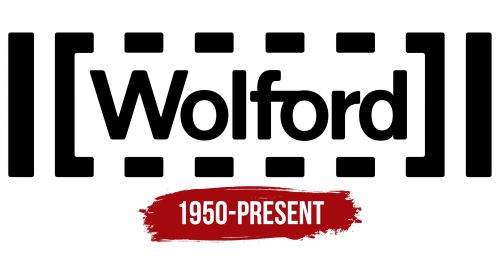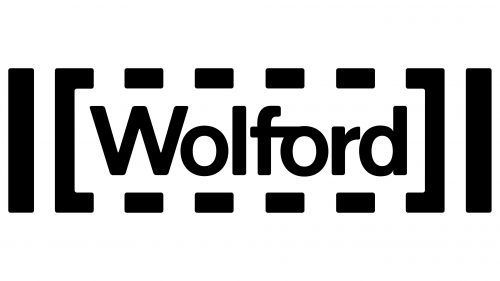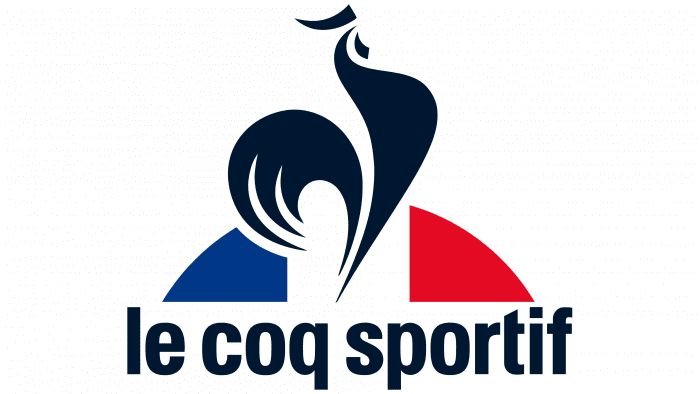The Wolford logo reflects consistency, stability, and protection. The company provides products that gently care for the skin and offer maximum comfort. The emblem embodies the unwavering high quality of comfortable, seamless lingerie.
Wolford: Brand overview
Wolford’s history began in the Austrian town of Bregenz in 1949. Walter Palmers, a textile entrepreneur and industrialist Reinhold Wolff, created the business.
The company’s official registration as “Wolff & Co. KG” dates back to 1949. The initial focus was on manufacturing silk and cotton stockings for women. Because of Vorarlberg’s well-known textile heritage, the area was selected.
The firm started utilizing cutting-edge technologies in its manufacture during the 1950s. It was among the first in Europe to use circular knitting machines for seamless stockings, which greatly enhanced the comfort and quality of the final product.
The introduction of the company’s first nylon stockings in 1954 was a significant turning point in the business’s growth. Since nylon is a stronger and more elastic material, thinner and more robust items might be made.
In the 1960s, the business kept developing new materials and production techniques. The company started using Lycra in its goods, significantly improving their comfort and elasticity.
The firm began making tights in the 1970s, which allowed it to broaden its product line. Additionally, the business started aggressively building its brand, giving more consideration to design and marketing.
The corporation dramatically transformed in 1988 when it became a public limited company. This made it possible to innovate and increase manufacturing with more funding.
The company went public in 1995, creating additional avenues for development and global reach.
The business grew its product line in the 2000s, introducing swimsuits, bodysuits, and lingerie lines. In addition, the firm aggressively expanded its retail network by establishing flagship locations in significant global cities.
To commemorate its 60th anniversary, the company released a unique collection in 2010 modeled after vintage pieces from its past.
The firm increased its market share in the everyday clothing sector in 2014 by introducing a ready-to-wear brand.
A major shift in the ownership structure took place in 2018 when the company was acquired by the Chinese business Fosun International. This gave rise to fresh chances for growth in the Asian market.
Under new management, the company carried out its reorganization plan in 2019. The business concentrated on streamlining its processes and fortifying its position in important markets. That same year, the firm improved its environmental efforts even further by launching the first line of biodegradable bodysuits and hosiery, the Aurora collection.
Despite obstacles from around the world, the firm adjusted to the changing market in 2020. By boosting its social media presence and enhancing the operation of its online store, the business expedited its digital transition. The company swiftly adapted to the shifting demands of its customers by adding face masks to its lineup of products.
The firm released a unique collection in 2021 to commemorate its 70th anniversary, inspired by some of the most recognizable models in its history. Additionally, the business kept refining its sustainability plan and increased the percentage of recycled materials in its collections.
By utilizing the resources and experience of Fosun International, its largest stakeholder, the company increased its market share in 2022, especially in China. The business debuted exclusive collections tailored for the Asian market and added new locations in important Chinese cities.
In 2023, the firm unveiled a new range of sportswear that combined the company’s renowned innovations with sports utility. With this collection, the company was able to break into a new market niche and capitalize on the burgeoning athleisure trend.
Early in 2024, the firm revealed intentions to increase the size of its ready-to-wear collection to strengthen its standing as a complete fashion brand. In addition, the business unveiled new environmental objectives, one of which was to become carbon neutral by 2030. The company uses recycled materials in its collections and implements eco-friendly production techniques. The business still produces high-end apparel, lingerie, and hosiery, emphasizing comfort, practicality, and style.
Meaning and History
What is Wolford?
It is an Austrian luxury apparel and hosiery brand synonymous with quality leg and body lingerie. Originally from Bregenz, Austria, the company has established itself as a world leader in producing premium tights, stockings, rompers, and underwear. It is renowned for its textile technology and craftsmanship. The brand offers a wide range of products, from classic hosiery to ready-to-wear collections. The company is represented in high-end department stores and boutiques worldwide and is aimed at customers who appreciate sophisticated, well-made, intimate apparel and fashionable pieces.
1950 – today
The company logo consists of black, sans-serif lettering, chosen to demonstrate the sleekness and comfort of the designs. The name comes from the founder, Reinhold Wolff, who combined his surname with the last syllable of Oxford to evoke associations with high English quality.
The inscription is surrounded by a dotted line, creating a protective barrier. The intermittent contour suggests breathable surfaces that absorb moisture well and provide comfort during movement. This pattern also alludes to the fine threads of stockings and the elegance of lingerie. The dotted line emphasizes the absence of seams, as the brand is renowned for its seamless products.
Solid black stripes on either side of the inscription enclose the space, conveying stability. The brand occupies a specific niche and fully meets its customers’ needs.
The inscription is enclosed within a structure, indicating products meant to be worn under clothing.





